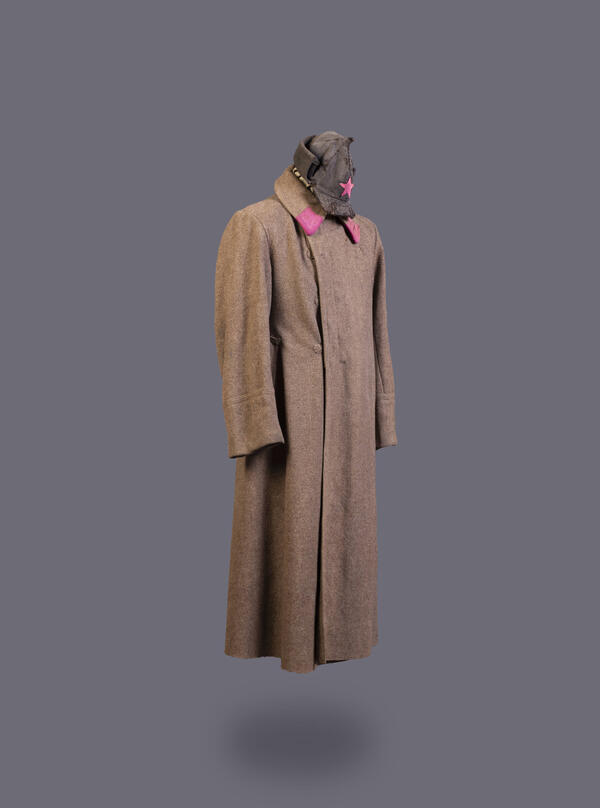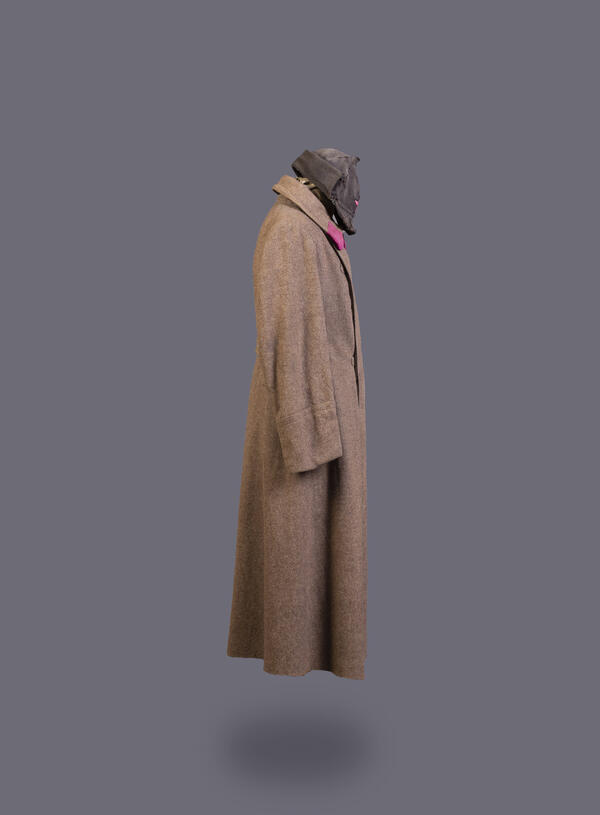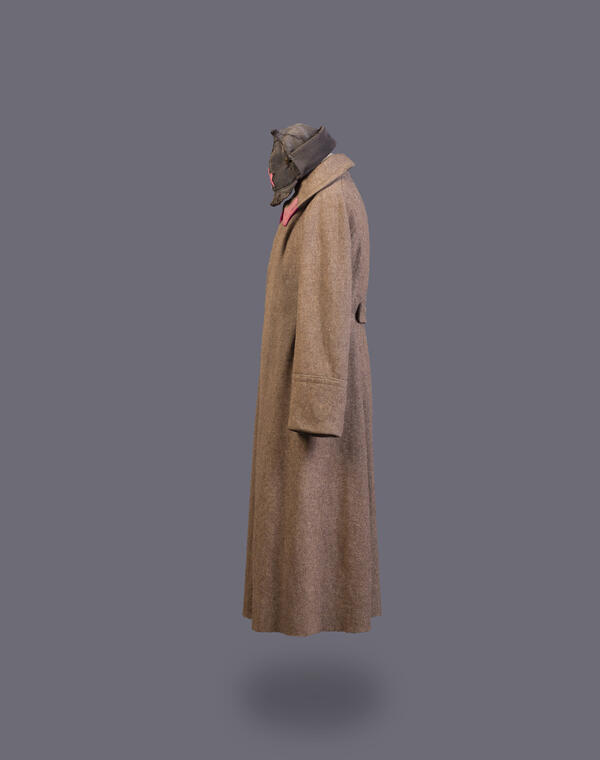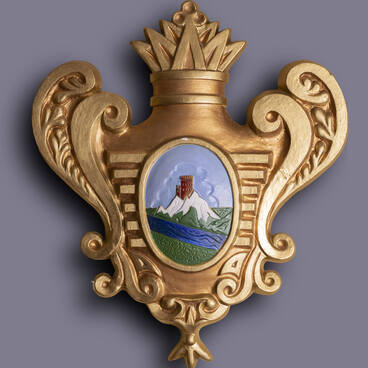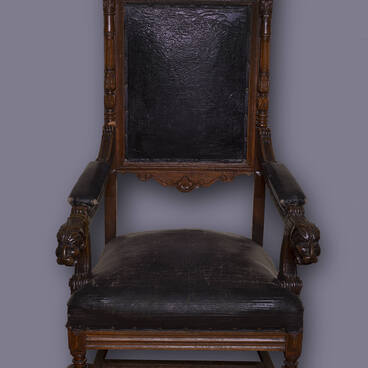The new armed forces of the Soviet state, created in February 1918, were to be provided with uniforms for the Red Army, which would be different from the previous Russian and foreign military uniforms.
For this purpose, the RSFSR People’s Commissariat for Military Affairs, with its order of May 7, 1918, announced a competition for the design of new uniforms for the Red Army, in which the famous Russian artists V. M. Vasnetsov, B. M. Kustodiev, M. D. Ezuchevsky, S. T. Arkadievsky and others took part.
At the end of 1918, the panel of judges of the competition and the Revolutionary Military Council of the Republic (Revvoyensoviet) considered the designs for new military uniforms. On January 16 and April 8, 1919, the orders of the Revvoyensoviet approved the winter headwear, armbands, buttonholes by type of troops, overcoats, summer shirts and footwear.
Drawing on the designs submitted for the competition, the Revolutionary Military Council of the Republic approved a new type of winter headwear — a cloth helmet. Subsequently the helmet, which became a distinctive mark of belonging to the Red Army, was named after the military leaders who commanded the first units to receive the new uniforms — M. V. Frunze (“Frunzevka”) and S. M. Budyonny (“Budyonovka”).
On the 1st of July 1924 the new model of infantry and cavalry overcoat was introduced by order of the USSR Revolutionary Military Council No. 877. The overcoat was made of gray army cloth, fastened with hooks sewn under the left side. The back was tightened at the waist with a strap, which was fastened with two buttons. The collar was made of dark grey cloth. The collar corners had buttonholes, according to the color of the service. The cuffs were made of the same cloth as the collar and had a small V-shape protrusion at the back.
Order No. 628 of the Revolutionary Military Council of the Republic of 8 April 1919 determined six colors of cloth for insignia of troops (forces) which were also used for helmet buttons and sewed-on stars: crimson — for infantry, blue — for cavalry, orange — for artillery, blue — for aviation, black — for engineer troops, green — for border troops (which in those days were also part of the Red Army).
For this purpose, the RSFSR People’s Commissariat for Military Affairs, with its order of May 7, 1918, announced a competition for the design of new uniforms for the Red Army, in which the famous Russian artists V. M. Vasnetsov, B. M. Kustodiev, M. D. Ezuchevsky, S. T. Arkadievsky and others took part.
At the end of 1918, the panel of judges of the competition and the Revolutionary Military Council of the Republic (Revvoyensoviet) considered the designs for new military uniforms. On January 16 and April 8, 1919, the orders of the Revvoyensoviet approved the winter headwear, armbands, buttonholes by type of troops, overcoats, summer shirts and footwear.
Drawing on the designs submitted for the competition, the Revolutionary Military Council of the Republic approved a new type of winter headwear — a cloth helmet. Subsequently the helmet, which became a distinctive mark of belonging to the Red Army, was named after the military leaders who commanded the first units to receive the new uniforms — M. V. Frunze (“Frunzevka”) and S. M. Budyonny (“Budyonovka”).
On the 1st of July 1924 the new model of infantry and cavalry overcoat was introduced by order of the USSR Revolutionary Military Council No. 877. The overcoat was made of gray army cloth, fastened with hooks sewn under the left side. The back was tightened at the waist with a strap, which was fastened with two buttons. The collar was made of dark grey cloth. The collar corners had buttonholes, according to the color of the service. The cuffs were made of the same cloth as the collar and had a small V-shape protrusion at the back.
Order No. 628 of the Revolutionary Military Council of the Republic of 8 April 1919 determined six colors of cloth for insignia of troops (forces) which were also used for helmet buttons and sewed-on stars: crimson — for infantry, blue — for cavalry, orange — for artillery, blue — for aviation, black — for engineer troops, green — for border troops (which in those days were also part of the Red Army).


